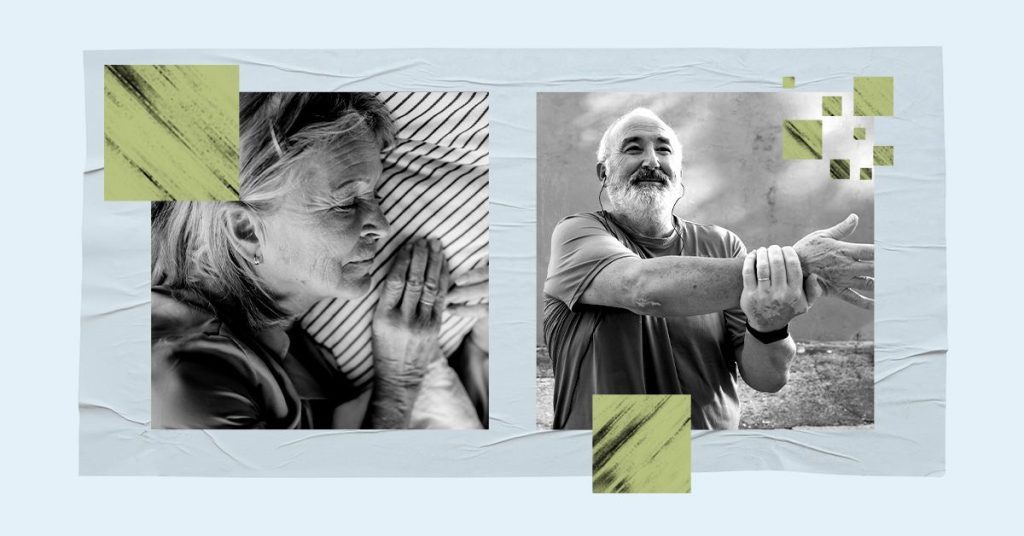A study published in JAMA Network Open reports that vigorous physical activity only accounts for 4% of adults’ waking time, while sedentary behavior occupies 60%. Researchers found that even light physical activity can increase the odds of healthy aging. Adequate sleep was also shown to be a factor in improving aging and longevity. This study emphasizes the importance of a combination of movement and good sleep for a longer, healthier life. More vigorous physical activity was associated with increased odds of healthy aging, and sleep duration also played a role, with seven hours of daily sleep linked to the highest odds of healthy aging. However, in modern society, sedentary behavior has significantly increased over time.
The cohort study examined 45,176 females from the Nurses Health Study, following them for 20 years. Healthy aging was defined as living to at least 70 while maintaining mental health, physical function, no major chronic diseases, and no impairment in subjective memory. Researchers found that sedentary behavior was associated with reduced odds of healthy aging, while light physical activity increased the odds. Subjects who replaced time spent watching television with light physical activity, did moderate to vigorous physical activity, or got at least seven hours of sleep had better odds of healthy aging. The study underlines the importance of promoting active lifestyles to achieve optimal health in older age.
The study authors highlighted that aging is a major public health concern, with about 10% of the world’s population being over 65 years old, a number expected to rise to 16% by 2050. Aging is often accompanied by cognitive decline, chronic diseases, psychological disorders, and physical limitations, posing a burden on individuals, families, and society. Only a small percentage of older adults achieve healthy aging, and identifying modifiable behaviors to increase this percentage is crucial. Promoting more movement and less sedentary time, especially in older adults, can improve health and quality of life.
Experts suggest that maintaining a regular sleep schedule, a relaxing bedtime routine, and optimizing the sleep environment can improve sleep. Incorporating various forms of exercise, such as aerobic exercise, resistance training, neuromotor exercises, and mind-body exercises, can also benefit health and quality of life. Relaxing modalities like yoga and tai chi may be particularly helpful for improving sleep. Combining enough sleep with the right amount of exercise has numerous benefits, including improved memory, heart health, glucose control, reduced risk of Alzheimer’s, cognitive health maintenance, decreased inflammation, and improved insulin sensitivity.
Healthcare professionals advise staying active, staying connected, eating a healthy diet, and seeking help for sleep problems for overall well-being. Regular exercise can improve sleep patterns and mood, and mind-body exercises promote relaxation. Strong social ties contribute to better mental health and improved sleep quality. Whether through phone or video calls with friends, or community activities, staying connected can promote a sense of well-being that supports better sleep. In conclusion, a combination of movement, adequate sleep, and social connections can help older adults achieve optimal health and improve their overall quality of life. Promoting these behaviors is essential for healthy aging and longevity.













